Take a peek into Google’s experimental artificial intelligence research.
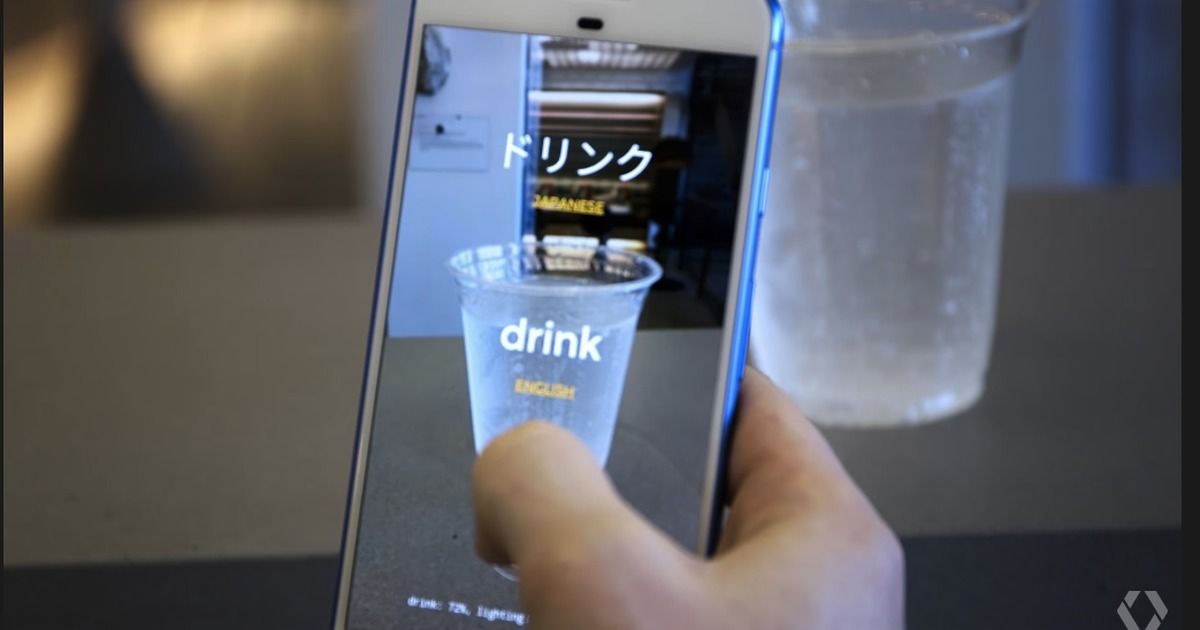

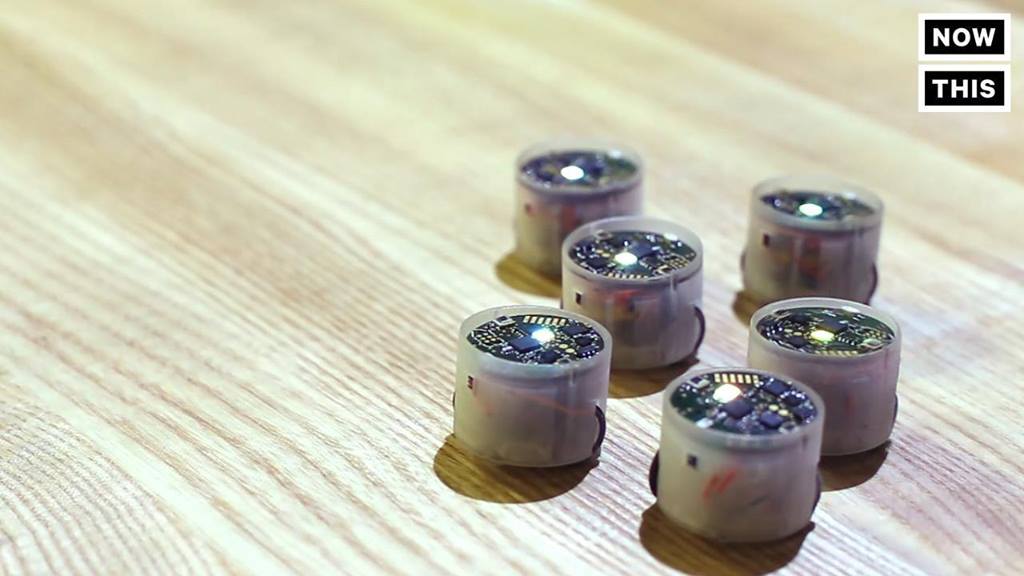
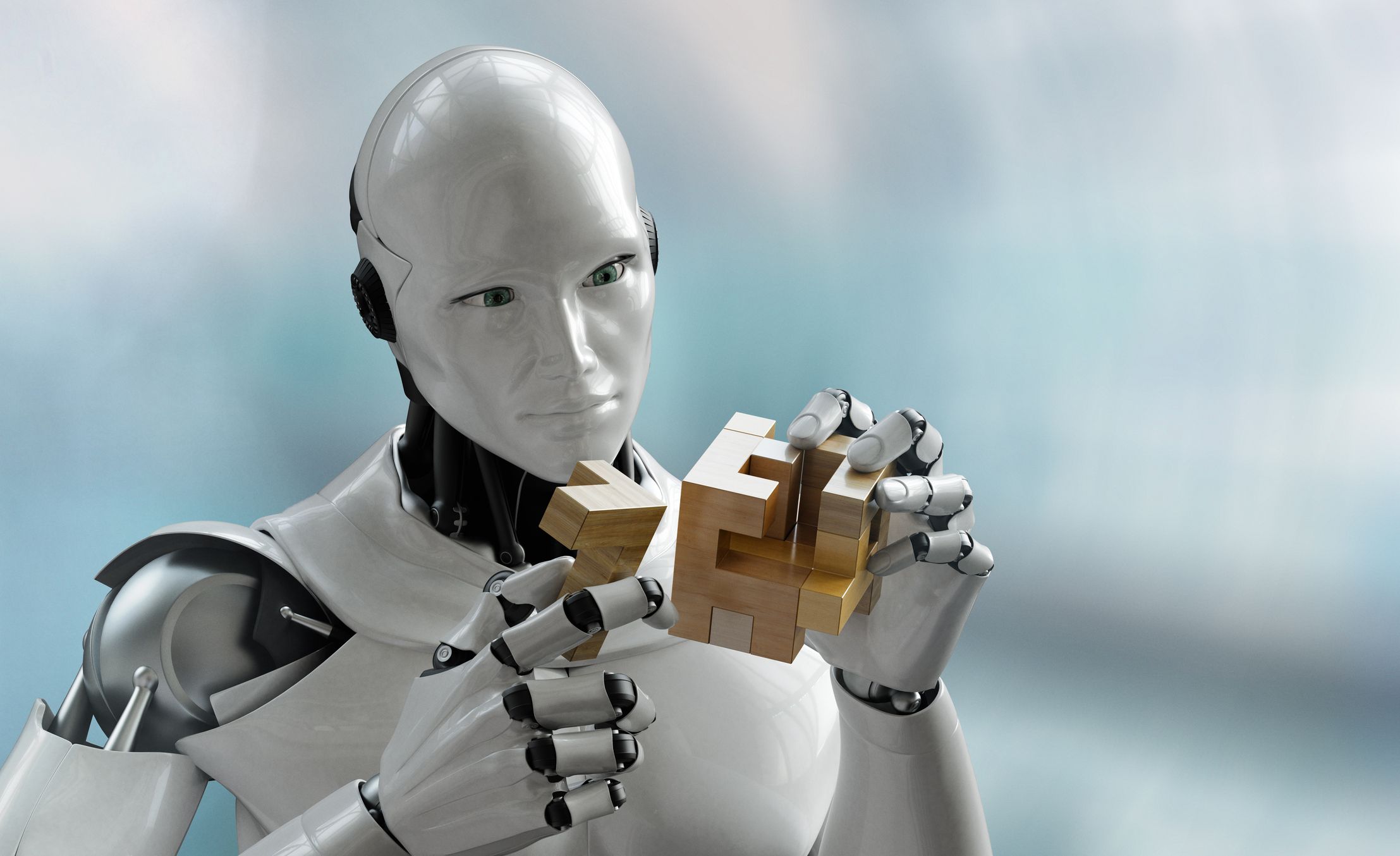
OpenAI, the artificial intelligence research non-profit backed by Tesla’s Elon Musk, Y Combinator’s Sam Altman, a Donald Trump fan called Peter Thiel, and numerous other tech luminaries, is partnering with Microsoft to tackle the next set of challenges in the still-nascent field.
OpenAI will also make Microsoft Azure its preferred cloud platform, in part because of its existing support for AI workloads with the help of Azure Batch and Azure Machine Learning, as well as Microsoft’s work on its recently rebranded Cognitive Toolkit. Microsoft also offers developers access to a high-powered GPU-centric virtual machine for these kind of machine learning workloads. These N-Series machines are still in beta, but OpenAI has been an early adopter of them and Microsoft says they will become generally available in December.
Amazon already offers a similar kind of GPU-focused virtual machine, though oddly enough, Google has lagged behind and — at least for the time being — doesn’t offer this kind of machine type yet.

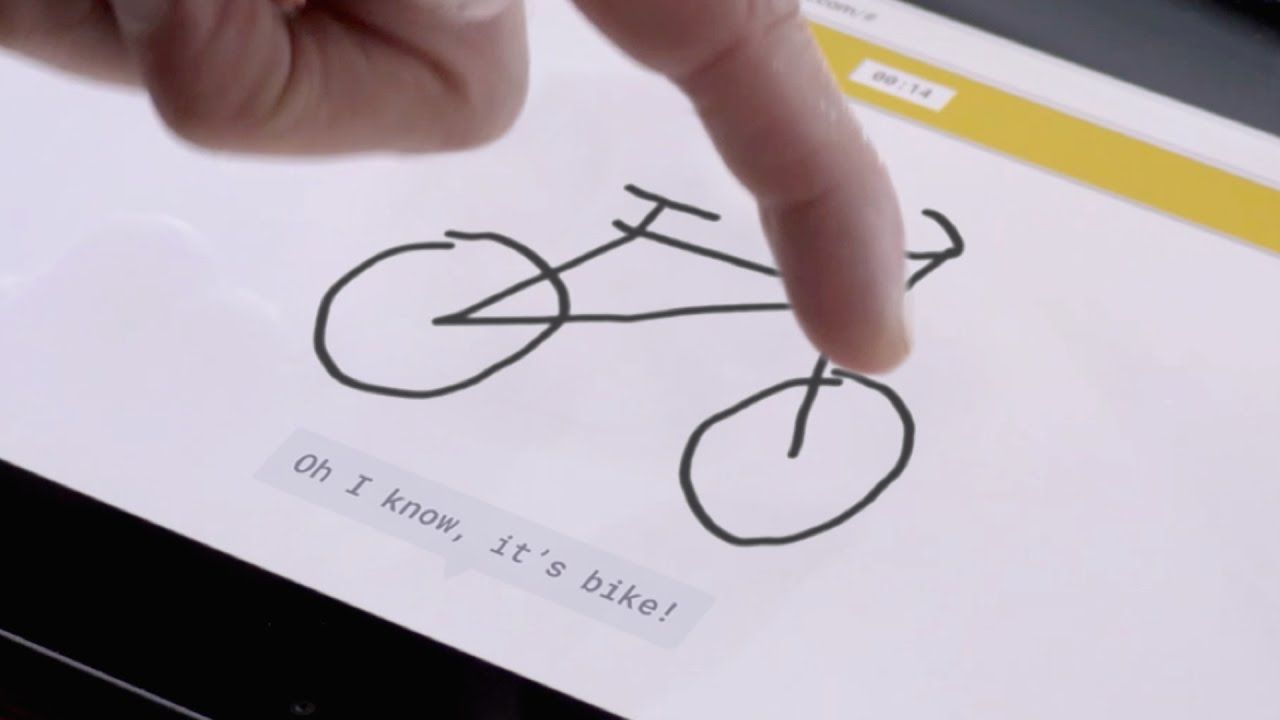
As part of Google’s slew of artificial intelligence announcements today, the company is releasing a number of AI web experiments powered by its cloud services that anyone can go and play with. One — called Quick, Draw! — gives you a prompt to draw an image of a written word or phrase in under 20 seconds with your mouse cursor in such a way that a neural network can identify it. It’s both a hilarious and fascinating exercise with broader implications for how AI can self-learn over time in key AI research areas like image recognition and optical character recognition.
Quick, Draw! is a great way to familiarize yourself with how neural networks work to identify objects and text in photos, which is one of the most common forms of AI-guided software techniques we see daily on platform’s like Facebook and Google Photos. As you start to craft the doodle, Quick, Draw!’s software automaton will start yelling out words and phrases it thinks you’re trying to illustrate. As you get closer to the finished product, the voice starts to become a good indication of how your drawing could be misinterpreted as something else. If you’re on point, however, the neural network will hone in on the object and guess correctly.

As far back as 3,500 years ago ancient Egyptian doctors were performing invasive surgeries. Even though our tools and knowledge have improved drastically over time, until very recently surgery was still a manual task for human hands.
When it came out about 15 years ago, Intuitive Surgical’s da Vinci surgical robot was a major innovation. The da Vinci robot helps surgeons be more precise and dexterous and to remove natural hand tremors during surgery.
In the years since da Vinci first came out, many other surgical robots have arrived. And today there’s a new generation coming online, like the Verb robot, a joint venture between Google and Johnson and Johnson. This means surgery is about to get even more interesting. Surgical robotics will be able to do more than just improve dexterity and reduce incision size…
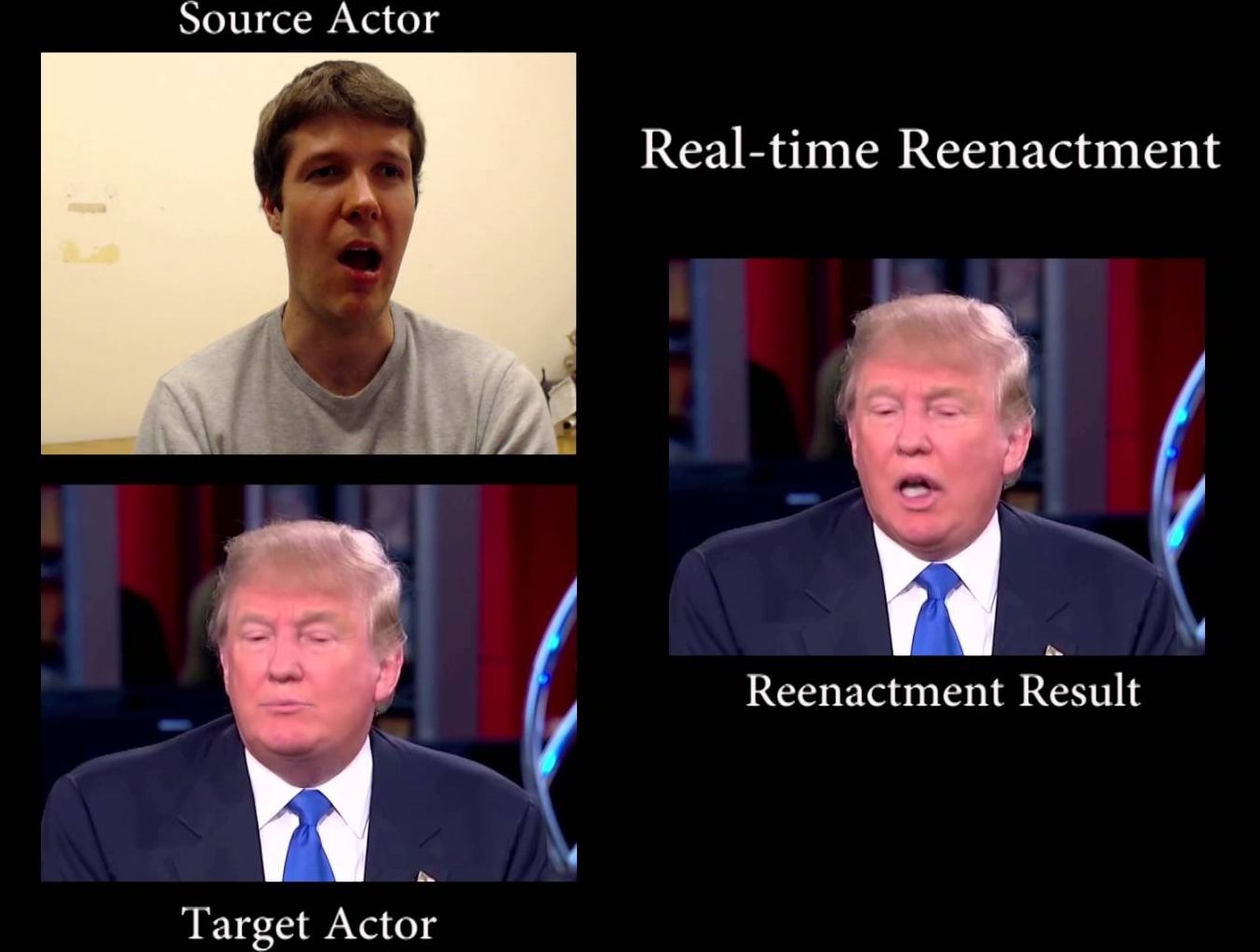
If you think this election is insane, wait until 2020.
I want you to imagine how, in four years’ time, technologies like AI, machine learning, sensors and networks will accelerate.
Political campaigns are about to get hyper-personalized thanks to advances in a few exponential technologies.
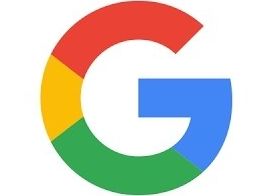

Trailer for Ghost in the Shell.
Based on the internationally-acclaimed sci-fi property, Ghost in the Shell follows Major, a special ops, one-of-a-kind human-cyborg hybrid, who leads the elite task force Section 9. Devoted to stopping the most dangerous criminals and extremists, Section 9 is faced with an enemy whose singular goal is to wipe out Hanka Robotic’s advancements in cyber technology.
A couple other actors were first considered before they finally settled on the current cast. Margot Robbie was firstly considered for the lead role of Major (Scarlett Johansson’s role). Matthias Schoenaerts was considered for the male lead of Batou. Pilou Asbæk was cast instead. Sam Riley was in talks for the role of the Laughing Man (Michael Pitt’s role).

The categories of AI.
Click here to learn more about author James Kobielus.
Artificial intelligence (AI) is all the rage these days. However, people often overlook the fact that it’s a truly ancient vogue. I can’t think of another current high-tech mania whose hype curve got going during the days when Ike was in the White House, “I Love Lucy” was on the small screen, and programming in assembly language was state of the art.
As AI’s adoption grows, we run the risk of belittling the technology’s potential if we continue to fixate on the notion that it’s “artificial.” When you think of it, all technologies are artificial, pretty much by definition. Cars are artificial transportation, houses are artificial shelters, and so on.